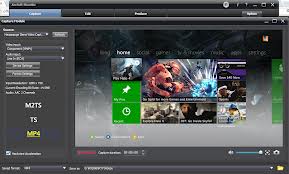

The best solution is to use a single, common volume inside the containers,


Some also recommend paths for the download client container that are different from the Sonarr container, like /torrents. This causes slow moves and doesn't allow hard links because they are considered two different file systems inside Most Docker images suggest paths like /tv and /downloads. Both problems can be solved with well planned, consistent paths. The second is a performance issue and causes problems for seeding torrents. The first is a problem because the download client will report a download's path as /torrents/My.Show.S01E01/, but in the Sonarr container that might be at There are two common problems with Docker volumes: Paths that differ between the Sonarr and download client container and paths that prevent fast moves and hard links. Of course, it is always advisable to make a backup first. Sonarr v3 will convert the given directory on startup if a Sonarr v2 database is found. Most docker containers use /config volume to mount the data directory and supply that path to Sonarr as parameter.


 0 kommentar(er)
0 kommentar(er)
